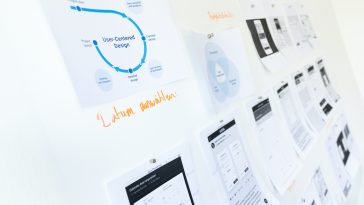- Products
-
-
Predigle Video
A wide range of AI-powered smart video solutions for individuals, groups and businesses of all sizes
Predigle Funnel
Make your marketing funnel predictable by shifting campaign focus to high potential targets
Predigle Cart
Beat your competitors and achieve retail growth with contextual target insights and timely sales interventions
Predigle Precog
Pre-cognitive bots to make AI and Machine Learning actionable for your enterprise
-
-
- Platform
-
-
Predigle Pi For Business
Unlock the power of AI for business scaling and market disruption using our Data Fabrix Technology
Predigle Pi Technology
Business Data activation platform for enterprises of all sizes to enable growth
Predigle Pi Design Studio
Workbench to manage actionable business cohorts to realize enterprise goals
-
-
- Solutions
-
-
Marketing
Smart Video Solutions
Re-imagine your videos to befit your audience
Customer Segmentation
Customer cohort management for customer and products.
Audience Engagement
Boost engagement with personalized videos
Customer Persona
Define your customer persona and uncover similar businesses
Video Based Marketing
Maximize your video campaign outcomes
Buyer Propensity
Shift your campaign focus to high potential buyers
Sales
-
-
- Services
-
-
Cloud Engineering
Implement and manage private, public or hybrid cloud
AI & Machine Learning
Accelerate development of your proprietrary AI and ML models
Data Analytics
Analyze datasets to glean knowledge and insights
Product Development
Build industry grade business applications with our full stack expertise
API Enablement
Give the world a secure programmatic hook into your systems
-
-
- Company
-
-
About Us
Careers
Contact Us
-
-
- Blog
Switch to the dark mode that's kinder on your eyes at night time.
Switch to the light mode that's kinder on your eyes at day time.
Switch to the dark mode that's kinder on your eyes at night time.
Switch to the light mode that's kinder on your eyes at day time.






























